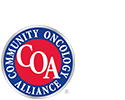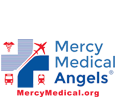Are Shorter Doctor’s Office Wait Times Just a Phone Call Away?
Nobody likes to wait, especially at the doctor’s office. No one knows for sure what will happen to wait times, which average from about 16 minutes to just over 24 minutes nationwide according to Vitals – as 30 million more Americans obtain health care coverage under the Affordable Care Act. But it stands to reason…more.

















